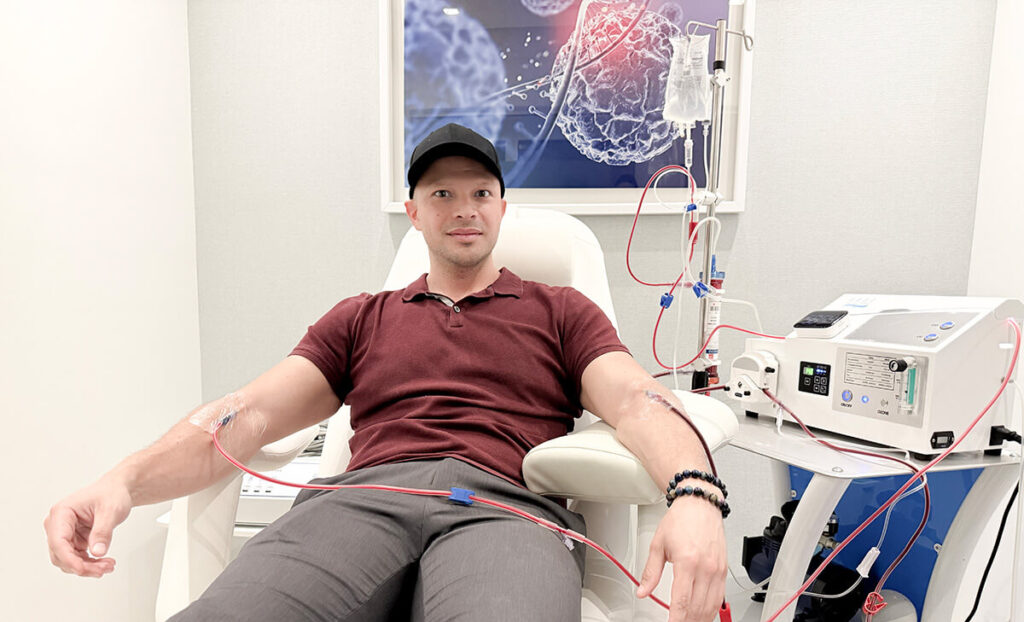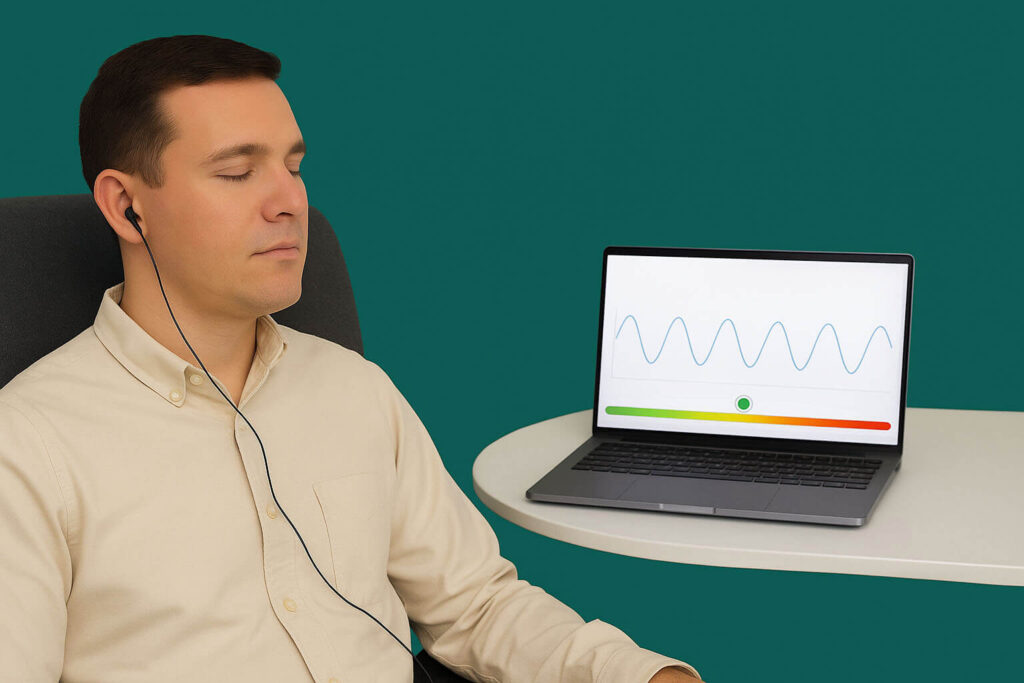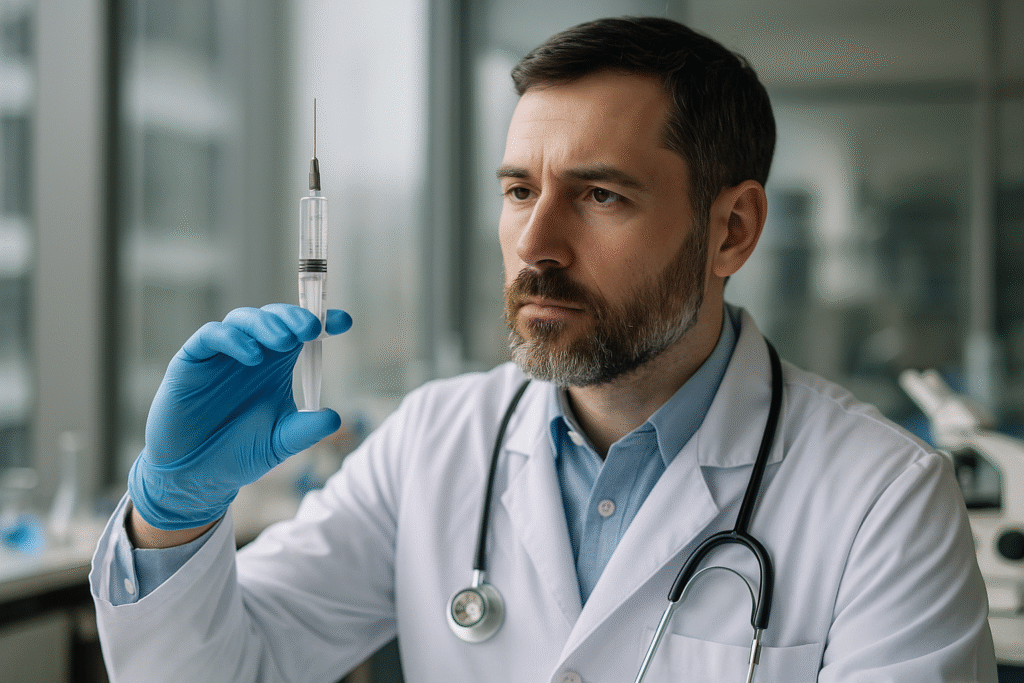Microplastics are no longer just a problem in oceans or packaging. They are now present in what we eat. Recent studies have shown that fruits and vegetables can absorb these tiny particles from soil and irrigation water, reaching our tables without us noticing. At Xtend Optimal Health, we want to help you understand what this silent exposure means and how to protect your health actively.
What Are Microplastics?
Microplastics are plastic fragments smaller than 5 millimeters. They result from the breakdown of larger plastic items such as packaging, bags, textiles, or cosmetics. Once released, they can persist in the environment for decades, contaminating soil, rivers, groundwater—and now, agricultural crops.
Besides their microscopic size, what makes microplastics concerning is their ability to act as “chemical sponges.” They attract and transport dangerous contaminants like pesticides, phthalates, dioxins, and heavy metals. Once inside the human body, these particles may accumulate because the body struggles to eliminate them efficiently.
Some microplastics are even intentionally created for industrial additives, cosmetic exfoliants, or cleaning abrasives. These often end up in wastewater and eventually in agricultural fields through irrigation or poorly treated fertilizers, entering the food chain. According to a WHO report on microplastics in drinking water, these particles may enter our bodies through various sources, and their long-term effects remain under investigation.
Which Fruits and Vegetables Contain Microplastics?
Scientific research has detected microplastics in a variety of plant-based foods. Notable examples include:
- Carrots: absorb plastic particles through the roots.
- Lettuce: micro and nanoplastics found in edible leaves.
- Radishes and onions: plastic particles in root systems and internal tissues.
- Broccoli: contamination found in the edible florets.
- Apples and pears: microplastic traces in the pulp.
Microplastic residues have also been found in processed plant products like juices, purées, or packaged goods. Exposure depends not only on how the crop is grown but also on how it’s transported, stored, and handled. Even agricultural plastic tools—like tunnels, pipes, or covers—contribute to contamination. A 2020 study published in Nature confirmed that plants can absorb microplastics through their root systems and transport them to edible parts.
How Do Microplastics Enter Our Food?
Microplastics present in soil or irrigation water can:
- Stick to plant roots.
- Penetrate plant tissues if small enough (nanoplastics).
- Travel through the vascular system to reach leaves and fruits.
- Settle directly on leaves and fruit from airborne particles.
Using fertilizers made from wastewater residues can also increase microplastic loads in agricultural fields. These so-called organic fertilizers, when poorly processed, become indirect contamination sources.
Rain can carry microplastics from urban or industrial surfaces to agricultural areas, and burning plastic waste releases particles that settle on farmland. The contamination chain is complex, persistent, and difficult to stop.
The FAO has also reported on the presence of microplastics in agriculture, highlighting the role of irrigation water, fertilizers, and plastic tools used in farming.
What Are the Health Implications?
Although the science is still emerging, experts have identified key concerns:
- Oxidative stress and cellular damage.
- Immune and metabolic disruptions.
- Bioaccumulation of toxic chemicals carried by microplastics.
- Potential risk of chronic inflammation and digestive system dysfunction.
- Possible effects on fertility and the endocrine system due to hormonal interference.
Animal studies show that prolonged exposure to microplastics may alter gut microbiota—essential for immune function and hormonal balance.
There are also hypotheses linking microplastic accumulation in human tissues with neurodegenerative diseases, hormonal imbalances, and mitochondrial dysfunction. Though conclusive evidence is lacking, the progressive build-up in the body is cause for concern.
How to Remove Microplastics from Your Body: The Role of Ozone Therapy
In a world increasingly exposed to pollutants, protecting your body is not just about avoiding toxins but also supporting its natural detox processes. This is where ozone therapy becomes a powerful ally in cellular repair and deep detoxification.
At Xtend Optimal Health, we offer advanced protocols such as:
- HOCATT™: a multifunctional ozone sauna that stimulates the immune system, improves circulation, and reduces oxidative stress.
- UBVI: ultraviolet blood irradiation with ozone that oxygenates tissues and neutralizes free radicals.
- EBOO: extracorporeal blood oxygenation and ozonation for deep systemic cleansing and regeneration.
These therapies support the body’s ability to eliminate accumulated toxins from microplastic exposure, pesticides, air pollution, and more.
They also aim to trigger cellular processes like mitophagy, improve mitochondrial function, and reduce systemic inflammation—creating a more resilient internal environment against chronic environmental stress.
Strengthen Your Wellbeing from Within
While we can’t control every pollutant around us, we can make choices that enhance our body’s defense systems:
- Choose organic and locally sourced foods.
- Wash produce thoroughly, using natural solutions like vinegar and baking soda.
- Minimize single-use plastics to reduce overall exposure.
- Stay well-hydrated to support toxin elimination.
- Consider ozone therapy as part of a regular detox and immune support plan.
Getting quality sleep, managing stress, and eating a diet rich in antioxidants—like turmeric, ginger, green tea, and berries—can help neutralize damage caused by free radicals linked to microplastic accumulation.
Incorporate daily walks outdoors, conscious breathing techniques, moderate sun exposure, and avoid heating food in plastic containers or drinking from bottles left in hot cars—these small habits can significantly reduce your toxic load.
At Xtend Optimal Health, We Help You Take the Next Step
Book your consultation and discover the ideal ozone therapy protocol for your needs.
Microplastics are here, but so are the solutions. Support your body with science, awareness, and cutting-edge technology.
Living in a polluted world doesn’t mean giving up—it means taking control with the right tools and strategies. Now that you know how to remove microplastics from your body, it’s time to act.





